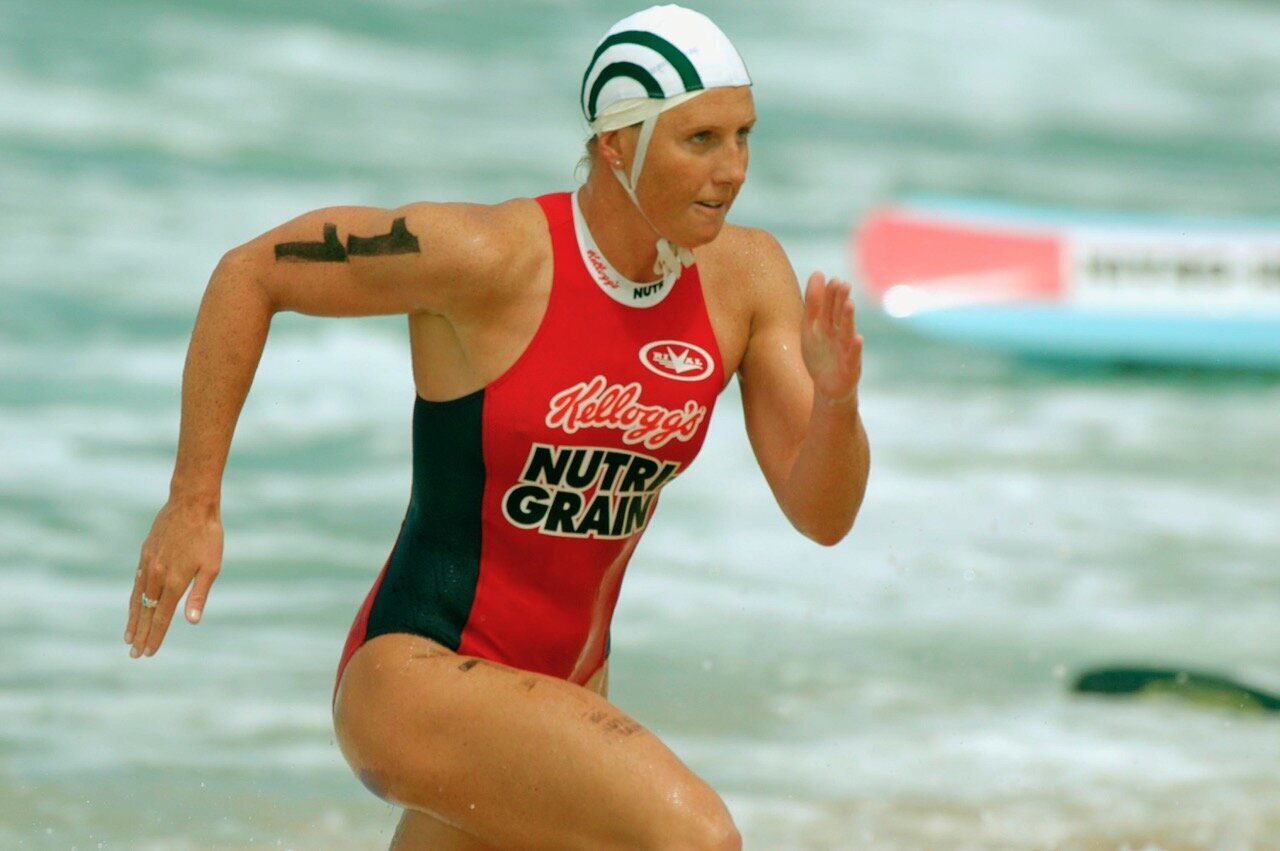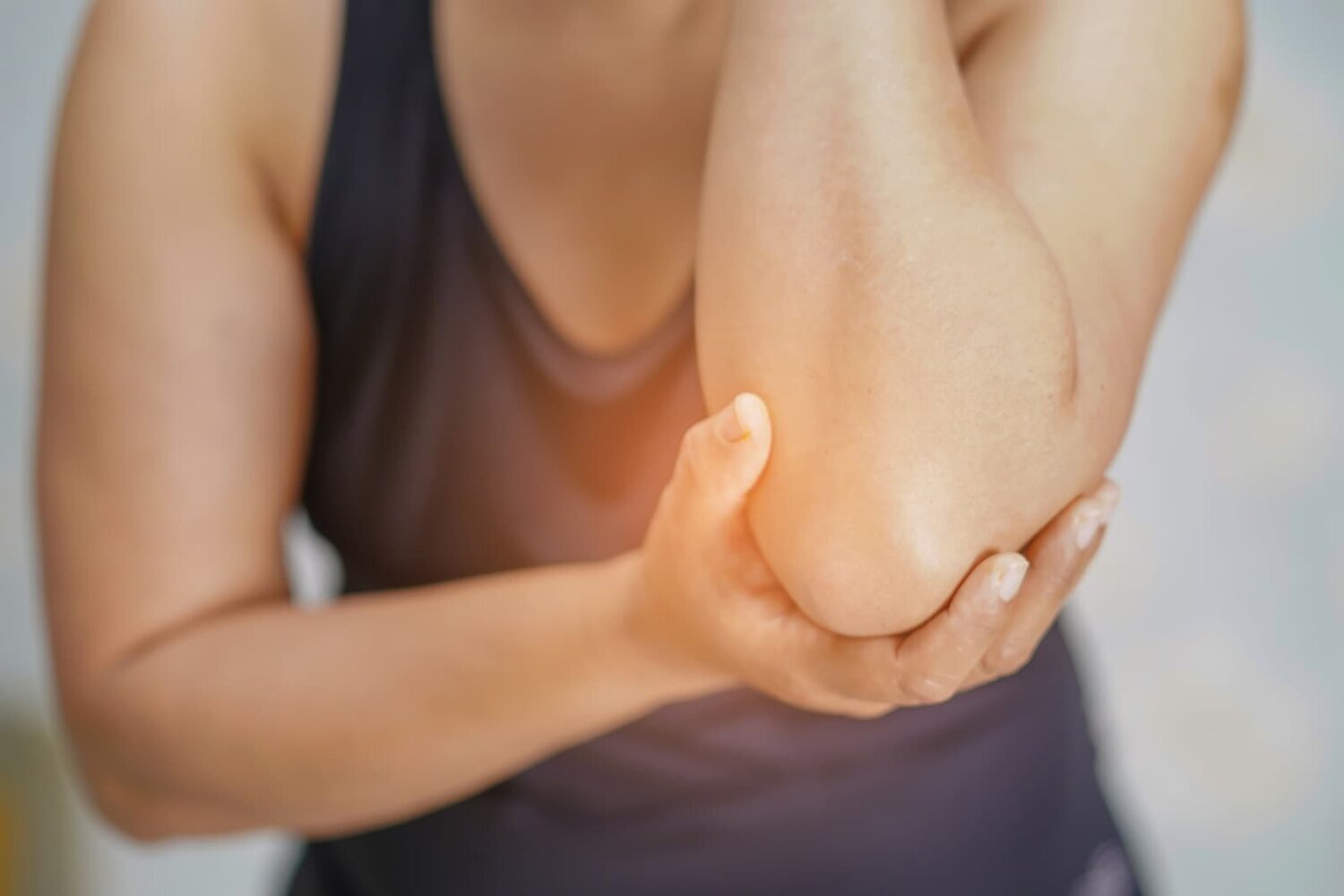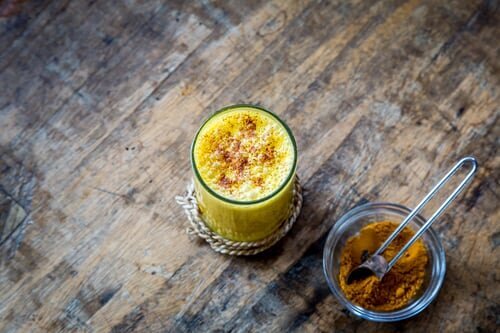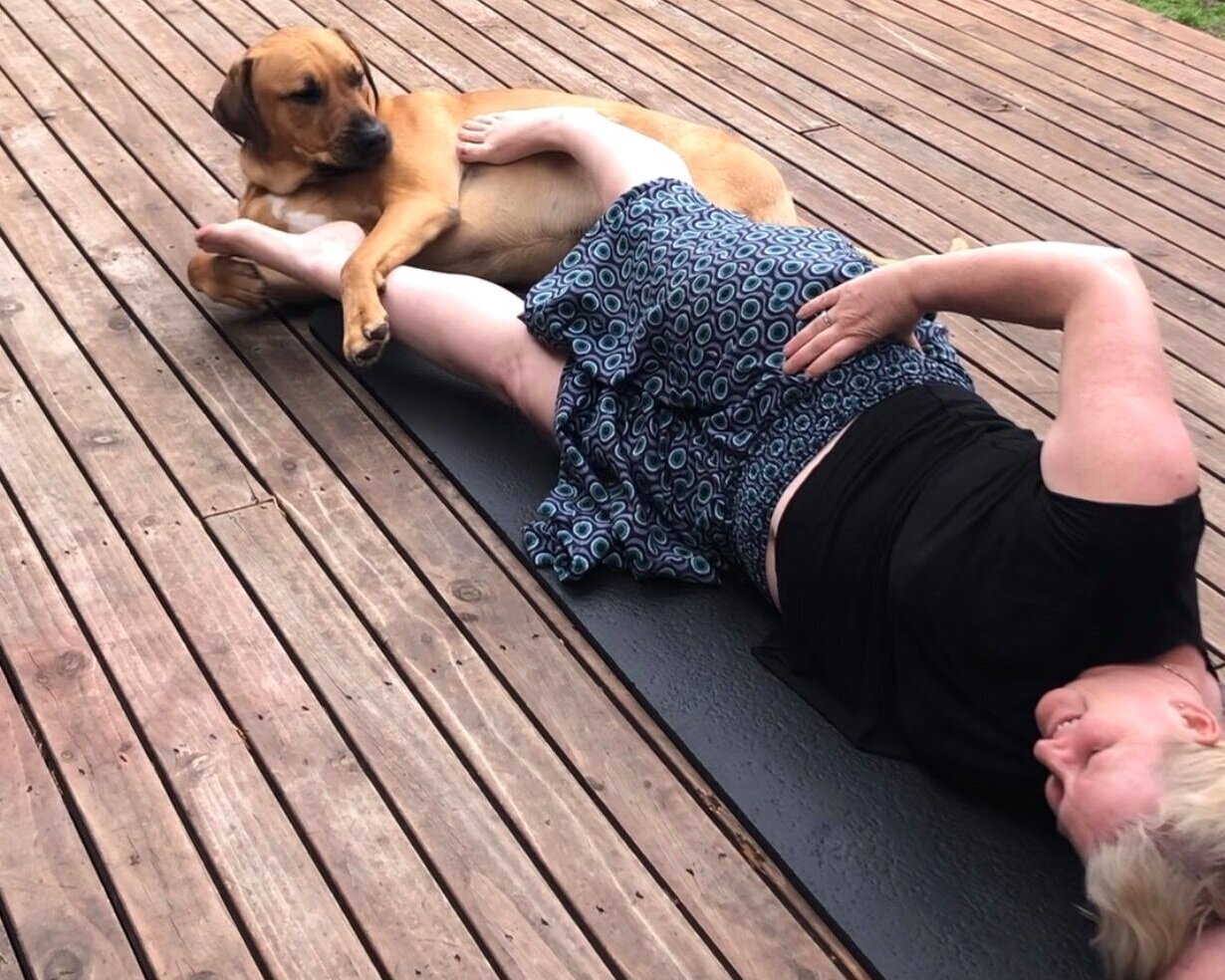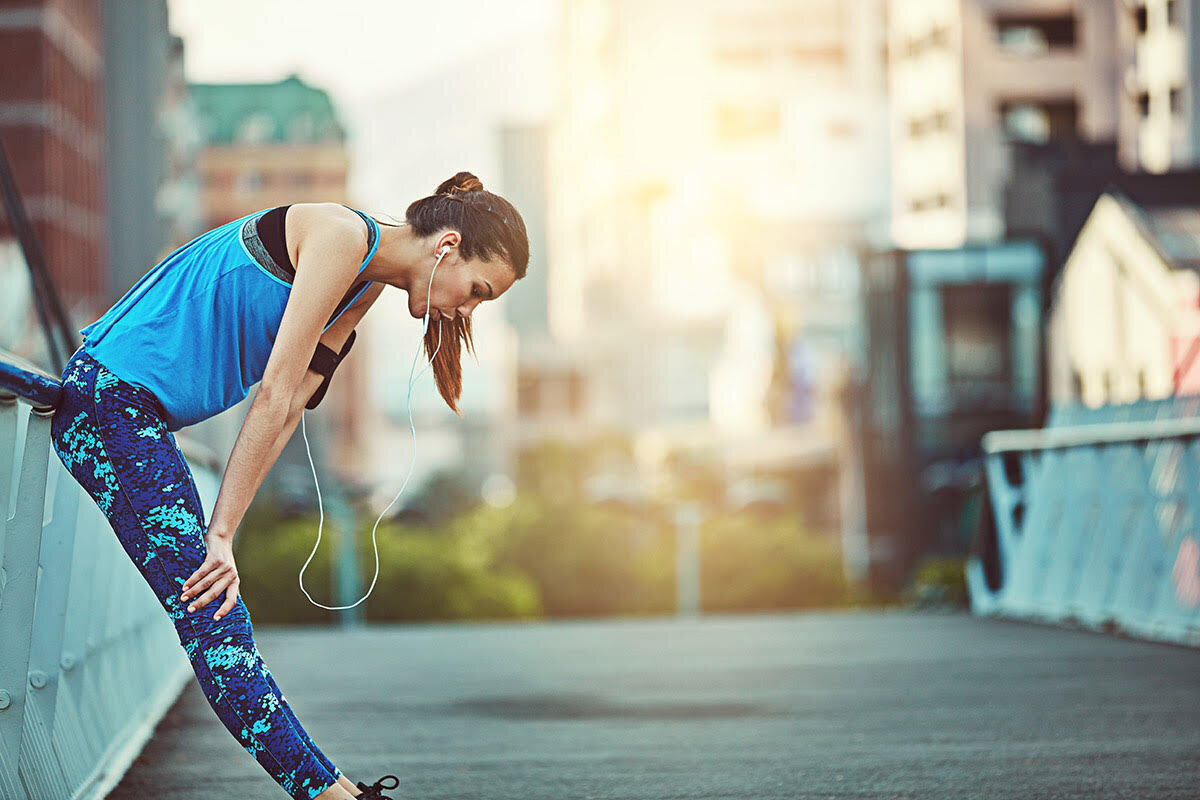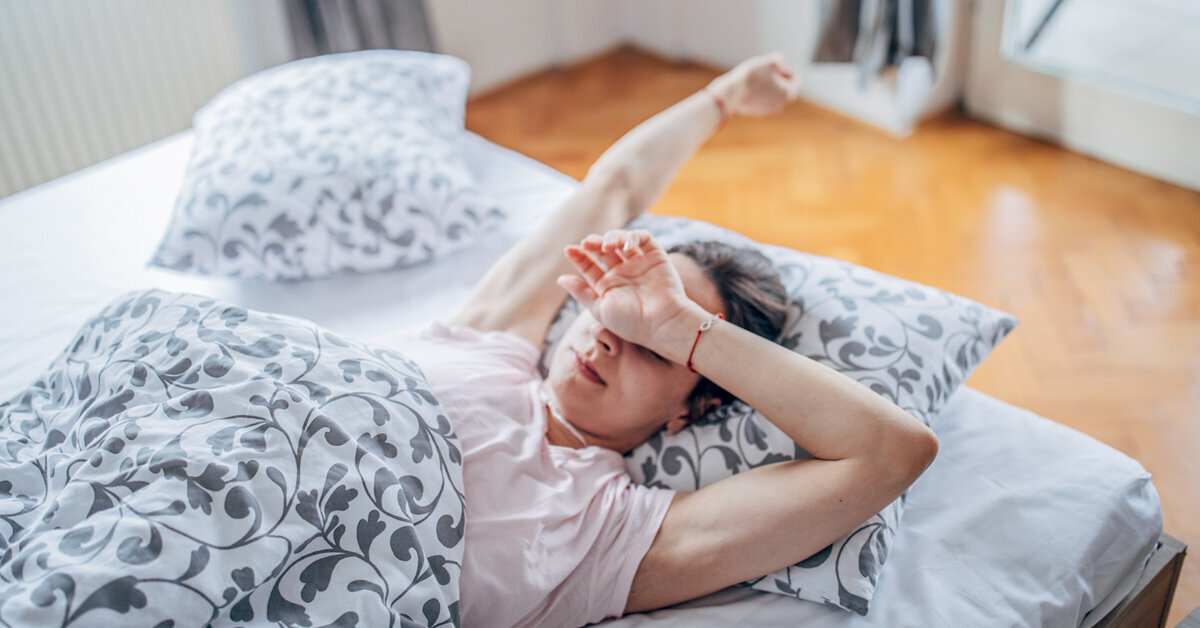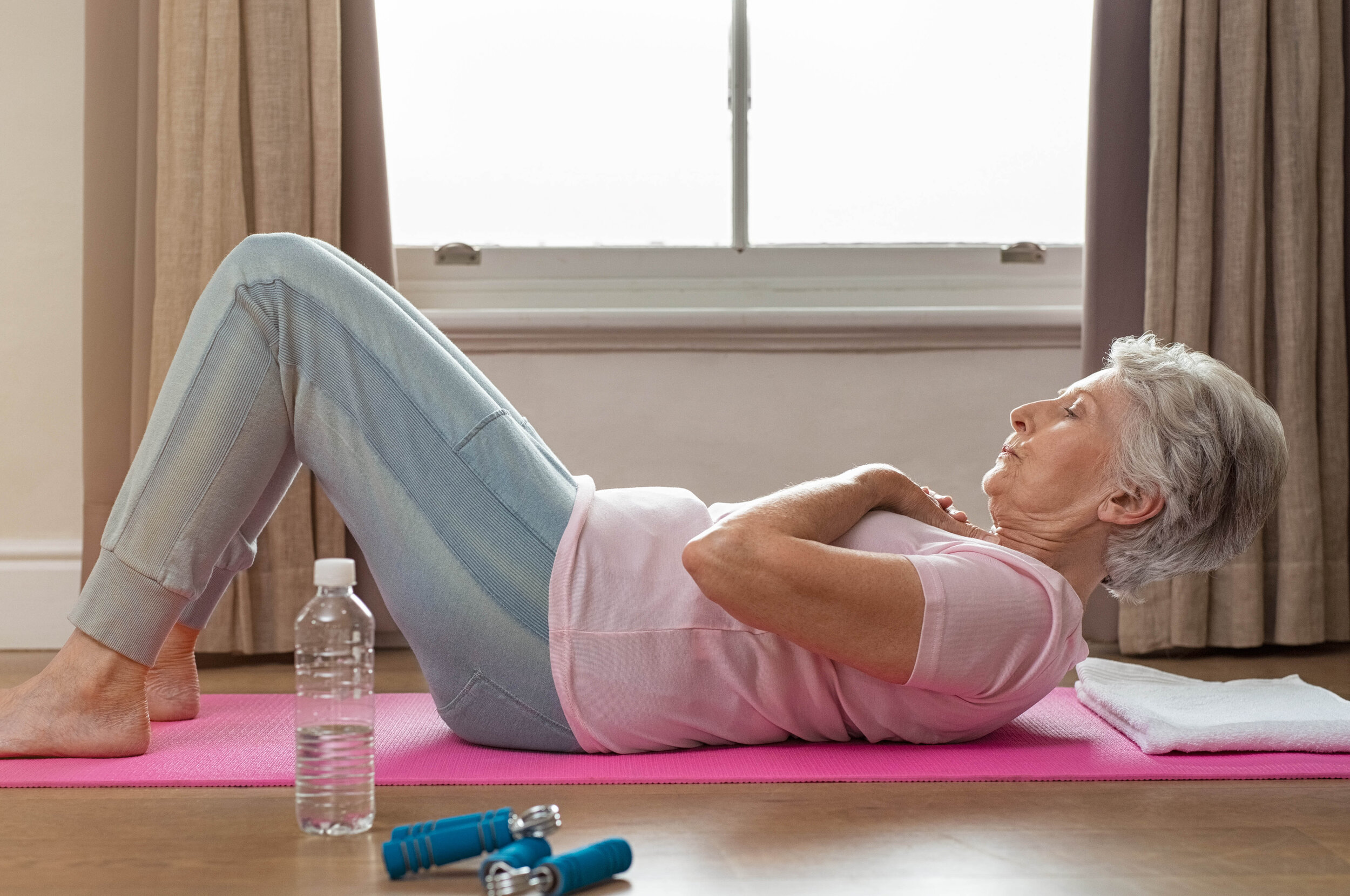Hip Replacement and Quality of Life - A Plan Of Action
Not all hip replacements are alike! It can be helpful to know just which procedure your surgeon has will opt for. Nick Wilson from Body Systems in Hobart outlines the two approaches most commonly taken. These are the Anterior Approach, and the Postero-Lateral Approach.
Naantali Marshall - Staying Power
Naantali Marshall is accomplished, by anyone’s standards. It’s her refreshing attitude to fitness, competing and making sport a lifelong endeavour rather than a quick burn out, that makes her such a great role model for women and girls in sport.
Living Well with Type 2 Diabetes
Diabetes is a chronic disease that affects a large part of the population in Australia and around the world, creating a huge burden on those living with the disease and their carers. By educating yourself and others around you, you may be able to take steps to prevent or slow down progression of type 2 diabetes if you are at risk.
Exercises for Your Tennis Elbow
Tennis elbow is an overuse injury that, despite the name, has a myriad of causes. It’s a painful condition that can be brought on by anything from gardening to playing violin, banging your elbow on a door frame, or, you guessed it, playing tennis.
Headache in your pelvis - Overactive Pelvic Floor
The International Continence Society defines ‘Over-active Pelvic Floor’ as a situation in which the pelvic floor muscles do not relax well after a contraction, or contract when asked to relax, and/or are resistant to stretch and tender to touch.
Exercising with a Pelvic Organ Prolapse
The thought of a prolapse can make women cringe, but it’s more common than you think. According to the Continence Foundation of Australia, half of all women who give birth to a child will experience some degree of pelvic organ prolapse (POP). Women in every country of the world experience POP yet despite this, there is still a lot of misunderstanding and stigma. Living with a prolapse can cause embarrassment and emotional distress as well as impact general daily living.
Is Turmeric the Answer to Easing Pain After Exercise?
Muscle soreness that appears a day or two after exercising can affect anyone, regardless of your fitness level or ability. Sore muscles after physical activity, otherwise known as Delayed Onset Muscle Soreness (DOMS), can occur when you change your exercise, routine, start a new exercise program or increase the intensity or duration of your regular physical activity.
Exercise and the Immune System
Exercise is well recognised to have an effect on how well our immune system functions. Studies have shown that regular physical activity is associated with fewer cases of influenza, pneumonia and even decreased mortality.
In fact, near-daily, moderate-intensity exercise reduces the symptoms and duration of the common cold better than most medications and supplements.
Staying Active at Home
All around the world, people are having to ‘stay home’ to assist in the fight against coronavirus or COVID19. Staying physically active during self-isolation can seem daunting if you are new to exercise, unfamiliar with self-directed exercise, or limited by your access to the outdoors.
At WHEN we encourage regular, enjoyable movement and physical activity no matter what your circumstances. As such, we have put some ideas and suggestions together to help you stay active during isolation.
How Much Water Should I be Drinking?
The National Academies of Sciences, Engineering and Medicine (USA) released a report in 2004 stating that an average male needs 3.7 litres per day, while the average female requires 2.7 litres. Depending on how healthy your diet is, about 20-30% of that fluid intake will be derived from food, leaving roughly 3 litres required for men and around 2 litres for women.
Obviously, these requirements will change given certain conditions.
How to Make Asthma Work for You!
Exercise may be a difficult, overwhelming activity for someone living with asthma. However, asthma or not, getting moving is always going to benefit you!
Pelvic Floor Exercises For ALL Women
The best advice we can offer regarding pelvic floor health is that 'prevention is better than cure.' Acknowledge the presence and important function of your pelvic floor. Start doing pelvic floor exercises! Aim to do them every day. It takes minimal time to complete them but can have a huge impact on your future life as well as your current one. Take control and make it work for you.
The Art and Science of Sleep
The importance of sleep has become increasingly recognised as people’s lives get busier and ‘the balance’ harder to strike. Research into sleep is expanding rapidly and widespread lack of sleep has been referred to by some scientists as a ‘public health crisis.’ Sleep is an essential reprieve from the hustle of daily life, and is as fundamental for good health as oxygen, food, and water. Without it, your mind and body cannot refresh and repair itself, and your mental and physical health will pay the price.
Ageing and Thriving - Exercise for over 70s
Different stages of life create different routines. Sadly, as we age, dedicated time for exercising seems to disappear from that routine. However, if you or someone you love is 70+ years old and wants to start exercising, they can!
Whether you start today or in 30 years, exercising will ALWAYS be beneficial for your mental and physical wellbeing, inside and out!
Exercise and Dementia Prevention
It is now well accepted that ageing, genetic, medical and lifestyle factors all contribute to the risk of dementia in our population. Whilst some people are more at risk than others, everyone has the ability to ensure their long term physical and mental health.
It is reported that around a third of dementia cases can be linked to risk factors such as physical inactivity, smoking, and high blood pressure. All of these factors can be avoided if you take responsibility for your health and wellbeing.
The best type of exercise to prevent bone loss? WHEN Q&A
The best type of exercise to prevent bone loss? Short Answer: A combination of progressive resistance training, weight-bearing exercises and balance/mobility training. To improve or maintain bone health, exercise is integral to slowing this decline! Activities that create a ‘loading’ effect on the bone stimulate extra deposits of calcium and nudge bone-forming cells into action. Relatively few loading cycles or repetitions are needed - short bouts separated by periods of rest are most effective. The result is stronger and denser bones!
Exercise Post Heart Attack
Along with managing lots of other lifestyle factors, exercise should form a part of your ongoing treatment when you leave hospital. Most people will hopefully begin a cardiac rehabilitation program before or soon after leaving hospital.
It is important to talk to your doctor or cardiac rehabilitation team about when you can start different activities again and how to pace your program.
Exercise and Wound Healing
Comprehensive wound management considers a broad range of factors from wound type and size, other medical conditions and lifestyle factors, dressings or compression used, and elevation of the wound as needed.
However, adding gentle mobilisation and exercise alongside these considerations can make a difference to acute wound healing, especially in older people.
Once you have got the all clear from your health provider, structured return to exercise can help build strength and improve balance and mobility. All of which help to decrease the chance of falls in the future.
Cardiac Disease and Exercise
If you have a heart condition it is always important to consult your Cardiologist or General Practitioner before undertaking a new physical activity routine. The important thing to remember is that any physical activity is generally better than none and in most circumstances it is more beneficial to remain physically active than not.
If you have had medical advice regarding your capacity to be active that should provide a good guide about what you can be working toward. You may need some specialist advice to accommodate your individual requirements and your GP or cardiologist may advise you to see an Exercise Physiologist or a Physiotherapist.
The Heart Foundation of Australia (www.heartfoundation.org.au) website provides information on the benefits and general guidelines of physical activity for your heart and overall health.


